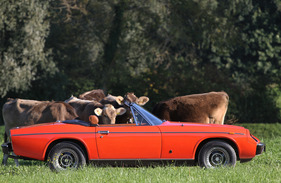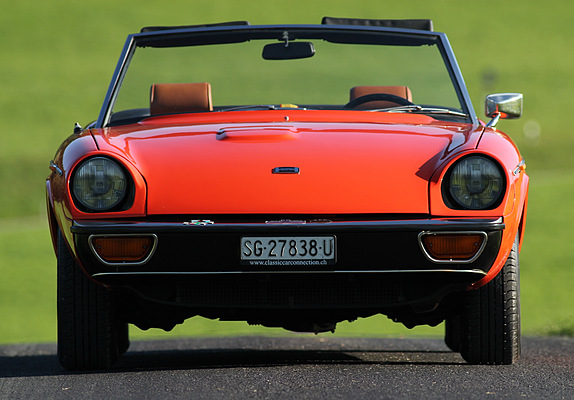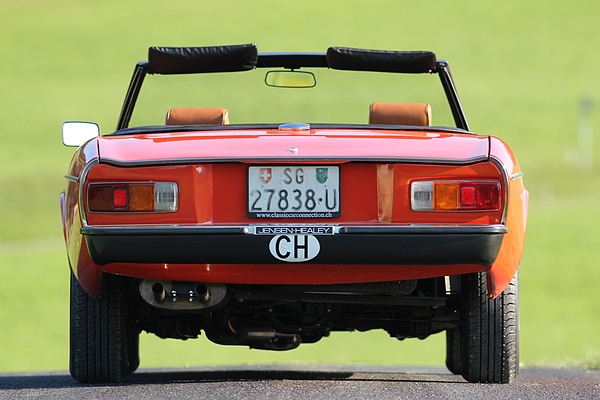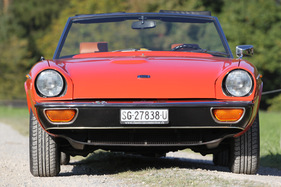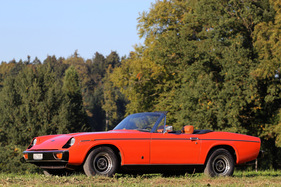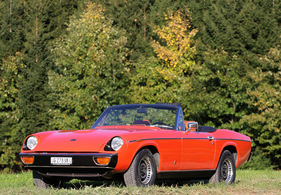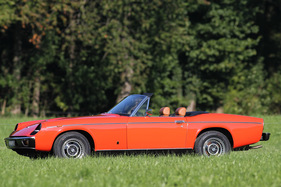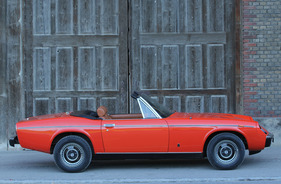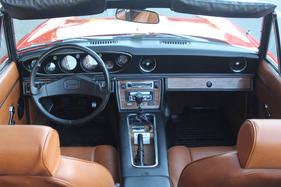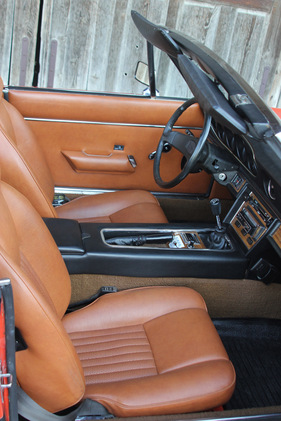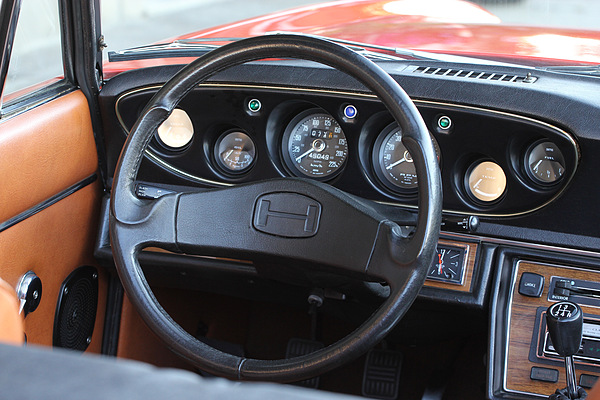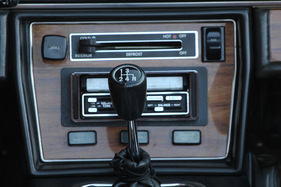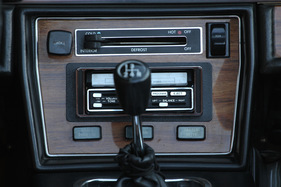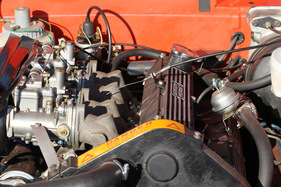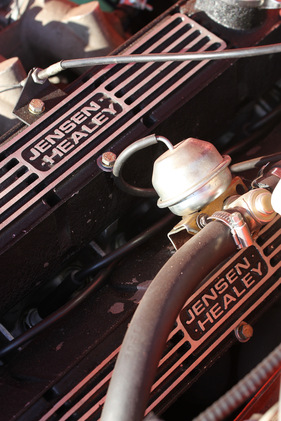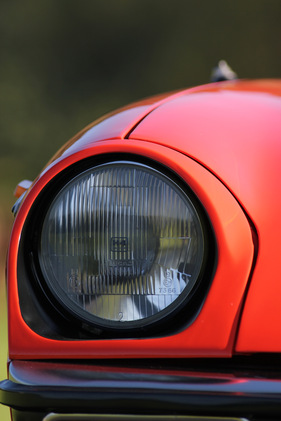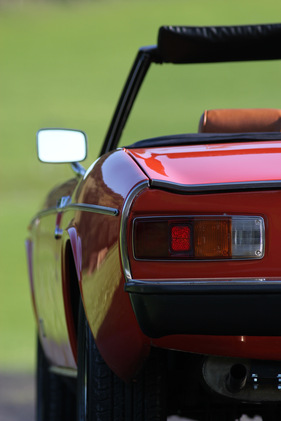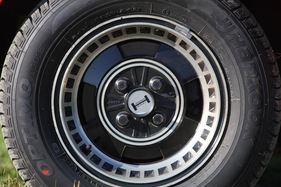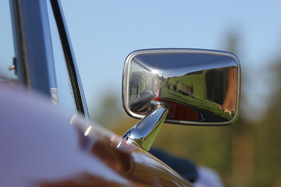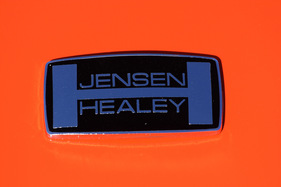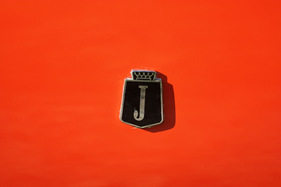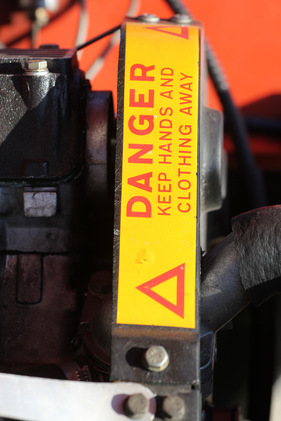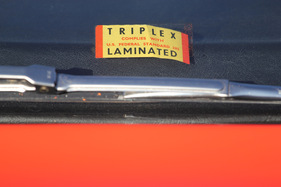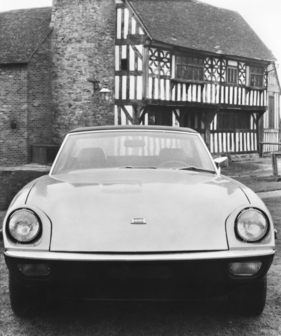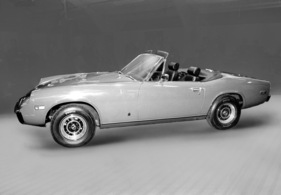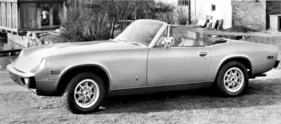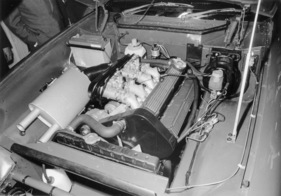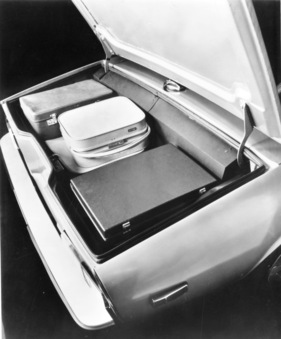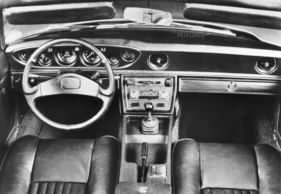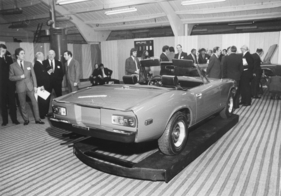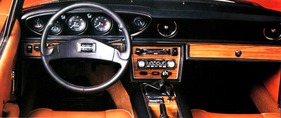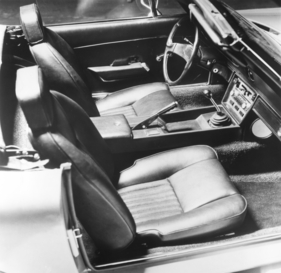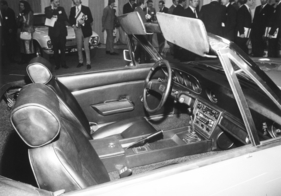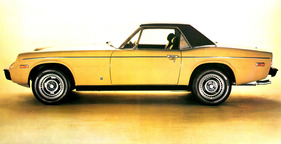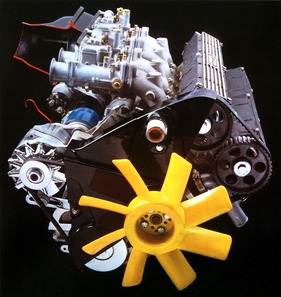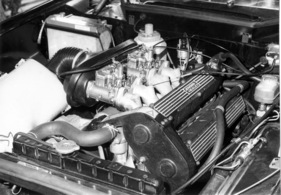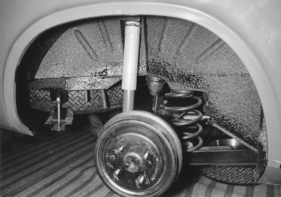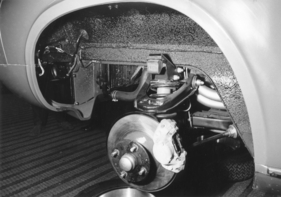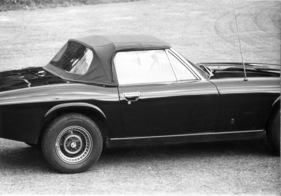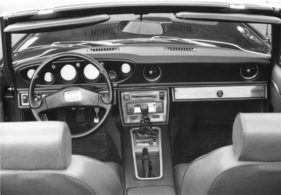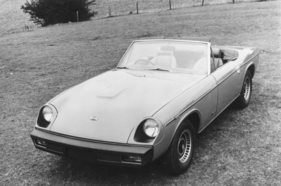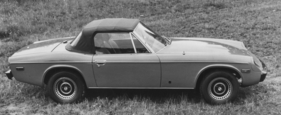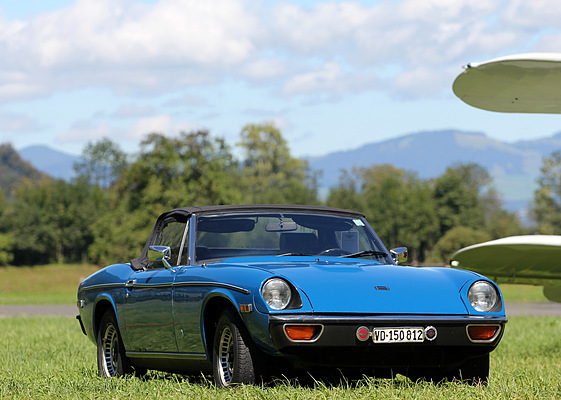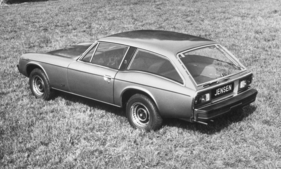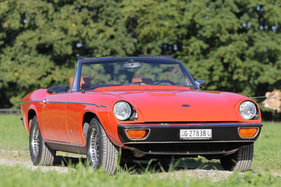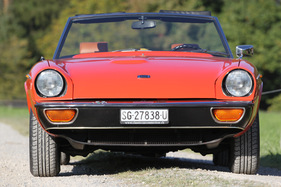Jensen-Healey - rare, individual and with legendary ancestors
Summary
The choice of full convertibles in the mid-seventies was not exactly huge. There was the Alfa Romeo Spider, the Fiat 124 Spider, the Triumph TR6 and the MG B. If you were looking for a really open and at the same time lively convertible without a bar at a reasonable cost, you didn't have many other alternatives. So a new release like the Jensen-Healey made perfect sense! The fact that the Jensen remained the rarest of the vehicles mentioned was due to various factors, but it was not due to its appearance or design, even though the car was anything but revolutionary. Nevertheless, the car had a lot of charm and as many as 10,502 examples were built between 1972 and 1975, mainly for the American market. This report celebrates a reunion with the Jensen-Healey and shows the vehicle in many new and old pictures and two sales brochures. And for people who like to listen to engine noises, a sound sample is also included.
This article contains the following chapters
- Intended as the successor to the Austin Healey
- Qvale, Healey and Beattie
- The Lotus engine
- A compact roadster for the seventies
- Risks and teething troubles
- Mixed feedback
- Evolution to the Mk 2 and beyond
- Not successful on the market
- Even less successful - the GT variant
- The history of chassis 17814
- Pleasant classic
- An affordable rarity
- Sales figures (by country)
- Production figures (by year)
- Further information
Estimated reading time: 10min
Preview (beginning of the article)
The choice of full convertibles in the mid-seventies was not exactly huge. There was the Alfa Romeo Spider, the Fiat 124 Spider, the Triumph TR6 and the MG B. If you were looking for a really open and at the same time lively convertible without a bar at a reasonable cost, you didn't have many other alternatives. So a new release like the Jensen-Healey made perfect sense! The fact that the Jensen remained the rarest of the vehicles mentioned was due to various factors, but it was not due to its appearance or design, even though the car was anything but revolutionary. After the end of the Austin Healey (1967), the American importer Kjell H. Qvale suffered from a vacuum and was looking for alternatives that could be positioned somewhere between the MG B and the Jaguar E. He got talking to Donald Healey. He got talking to Donald Healey, the indestructible sports car manufacturer, and his son Geoffrey, who were happy to work together.
Continue reading this article for free?
Photos of this article



